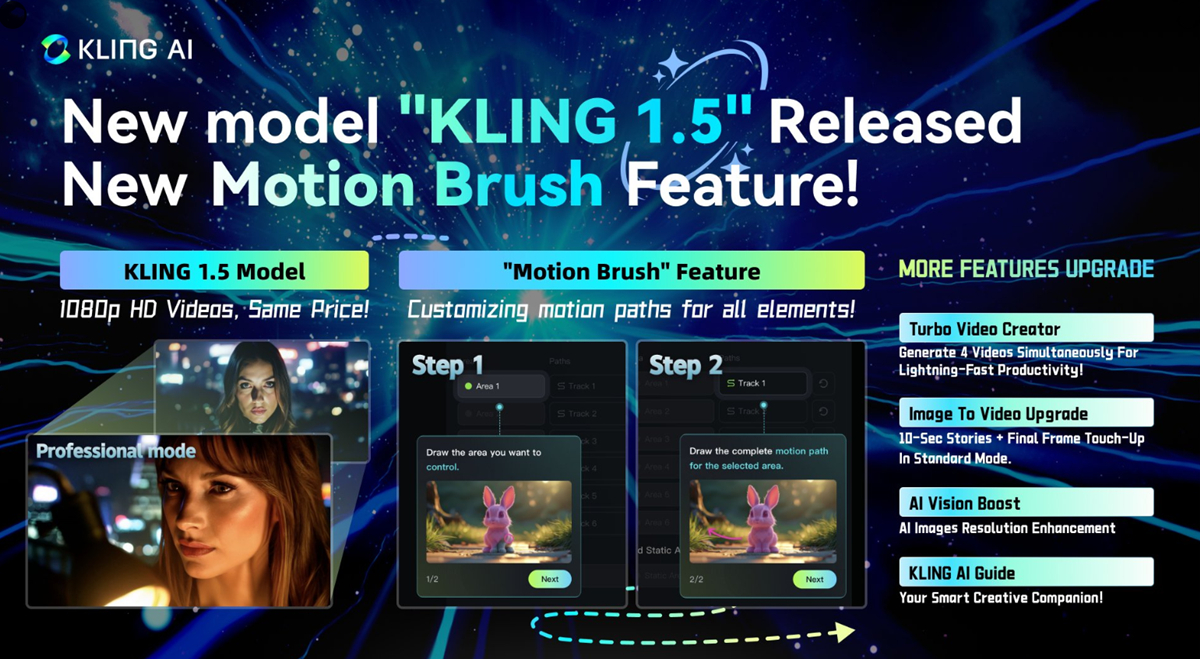Text to Video with Stable Diffusion - AnimateDiff
Product Information
Key Features of Text to Video with Stable Diffusion - AnimateDiff
AnimateDiff can generate animations from text prompts or static images, and it can be seamlessly integrated with Stable Diffusion models. It also allows users to control the animation by adjusting settings such as frame rate, motion modules, and more.
Text-to-Video Generation
AnimateDiff can generate animations from text prompts using Stable Diffusion models and motion modules.
Image-to-Video Generation
AnimateDiff can generate animations from static images using Stable Diffusion models and motion modules.
Motion Control
AnimateDiff allows users to control the animation by adjusting settings such as frame rate, motion modules, and more.
Seamless Integration
AnimateDiff can be seamlessly integrated with Stable Diffusion models, allowing users to leverage their powerful image generation capabilities.
Customization
AnimateDiff allows users to customize the animation by adjusting settings such as frame rate, motion modules, and more.
Use Cases of Text to Video with Stable Diffusion - AnimateDiff
Art and animation
Concept visualization
Game development
Motion graphics
Augmented reality
Pre-visualization
Education
Social media
Pros and Cons of Text to Video with Stable Diffusion - AnimateDiff
Pros
- Easy to use
- Fast generation
- High-quality animations
- Customizable
- Seamless integration with Stable Diffusion models
Cons
- Limited motion range
- Generic movements
- Artifact
- Compatibility issues
- Training data dependence
- Hyper parameter tuning
How to Use Text to Video with Stable Diffusion - AnimateDiff
- 1
Enter a text prompt describing the animation you want to create
- 2
Select a model and adjust settings as needed
- 3
Click the 'Generate' button to create the animation
- 4
Customize the animation by adjusting settings such as frame rate, motion modules, and more
- 5
Download the animation as a GIF or video file







